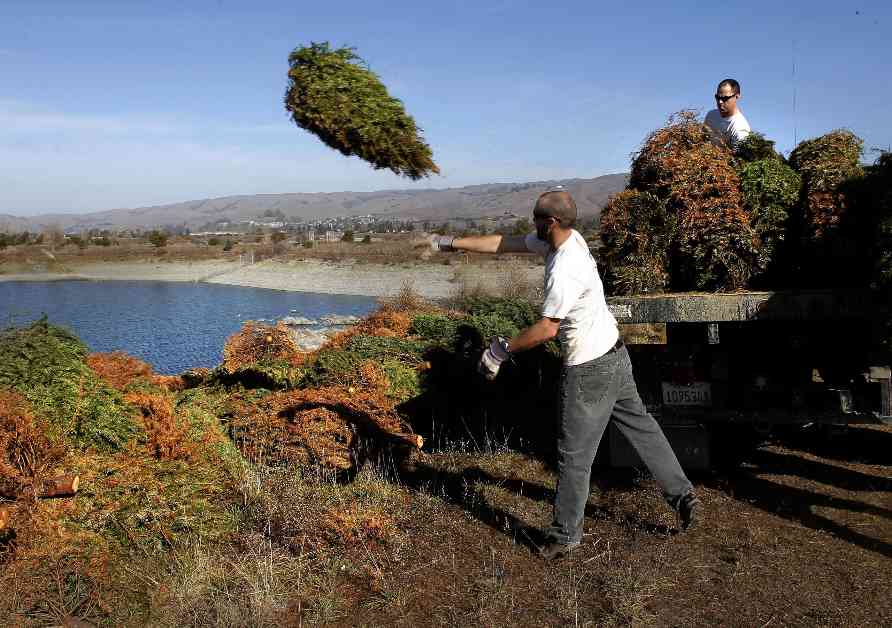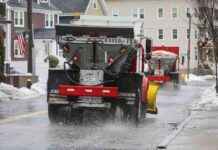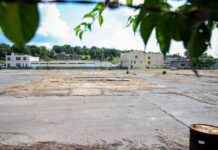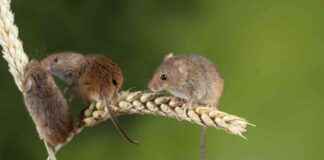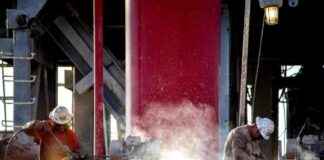Reviving Your Garden and Fish with a Dried-Out Christmas Tree: A Guide
As we bid farewell to the holiday season and start the new year, many of us are left with the remnants of our festive celebrations scattered around our homes. Among these remnants are the iconic Christmas trees that once stood proudly in our living rooms, now dried out and ready to be disposed of. While artificial trees have become more popular in recent years, around one in four households still opt for a live Christmas tree, adding a touch of tradition to their holiday decor.
But what do we do with these dried-out evergreens once the holiday season is over? Experts suggest that there are numerous ways to recycle and repurpose Christmas trees to benefit our gardens, animal sanctuaries, and even freshwater fish populations.
Repurposing Christmas Trees for a Sustainable Future
Farmers are already thinking ahead to next year’s crop of Christmas trees, particularly the Fraser firs that dominate the market in the U.S. These trees require specific growing conditions and can take up to a decade to mature, making them a year-round commitment for farmers. However, like many other crops, Christmas trees are facing challenges due to climate change, putting pressure on farmers to adapt to changing conditions.
From Wreaths to Reefs: Giving Back to Nature
Instead of leaving dried-out Christmas trees to languish on city streets, there are more sustainable ways to recycle these plants. One innovative approach is to repurpose them as habitats for freshwater fish. Wildlife agencies and conservation groups across the country collect Christmas trees to submerge in lakes, creating artificial reefs where small native fish can thrive. These underwater forests attract larger game fish, supporting the local ecosystem and providing a boon for local fishers.
Land-Based Recycling and Creative Repurposing
On land, Christmas trees can serve as valuable resources for animal sanctuaries, gardeners, and individuals looking to reduce waste. Sanctuaries often use trees to feed animals like goats and pigs or provide habitat for birds and small critters. In home gardens, tree branches can be cut and used to protect plants or insulate soil during winter months. Additionally, some communities organize tree drop-off events where trees are chipped into mulch or compost for use in local parks and gardens.
According to Justin Whitehill, a forestry researcher at North Carolina State University, real Christmas trees are recyclable and biodegradable, offering a sustainable alternative to artificial decorations. Whitehill emphasizes the importance of properly disposing of Christmas trees to avoid fire hazards as the needles and branches dry out.
Climate Change Impacts on Christmas Tree Farms
Despite the joy that Christmas trees bring during the holiday season, the industry is facing challenges due to climate change. States like Oregon and North Carolina, top producers of Christmas trees in the U.S., are feeling the effects of extreme weather events. Hurricane Helene devastated Christmas tree farms in North Carolina, causing significant losses and highlighting the vulnerability of these crops to climate-related disasters.
Researchers like Whitehill are actively working to develop climate-tolerant Christmas tree varieties that can withstand changing conditions. By using genetics to breed trees that are more resilient to pests and diseases exacerbated by climate change, scientists hope to secure the future of the Christmas tree industry.
As we reflect on the past year and consider the environmental impacts of our holiday traditions, it’s essential to find sustainable ways to recycle and repurpose Christmas trees. By supporting local initiatives, such as tree recycling programs and habitat restoration projects, we can contribute to a greener and more resilient future for our communities and ecosystems. Remember, the spirit of the holidays can live on through the new life we give to our dried-out Christmas trees.
Remember to think about how you can give back to nature and your community this year by repurposing your Christmas tree. Whether it’s supporting freshwater habitats, feeding farm animals, or enriching your garden, there are countless ways to make a positive impact with your holiday decorations. Let’s embrace the spirit of sustainability and conservation as we welcome the new year with open arms.

